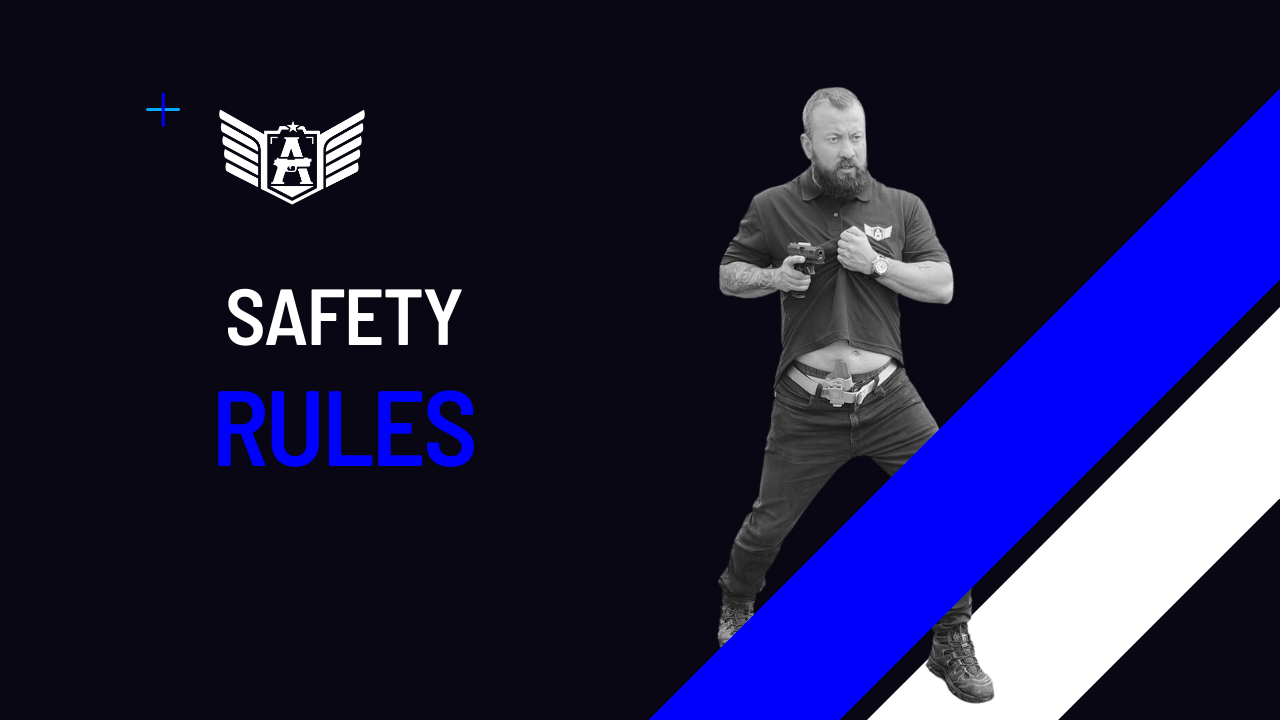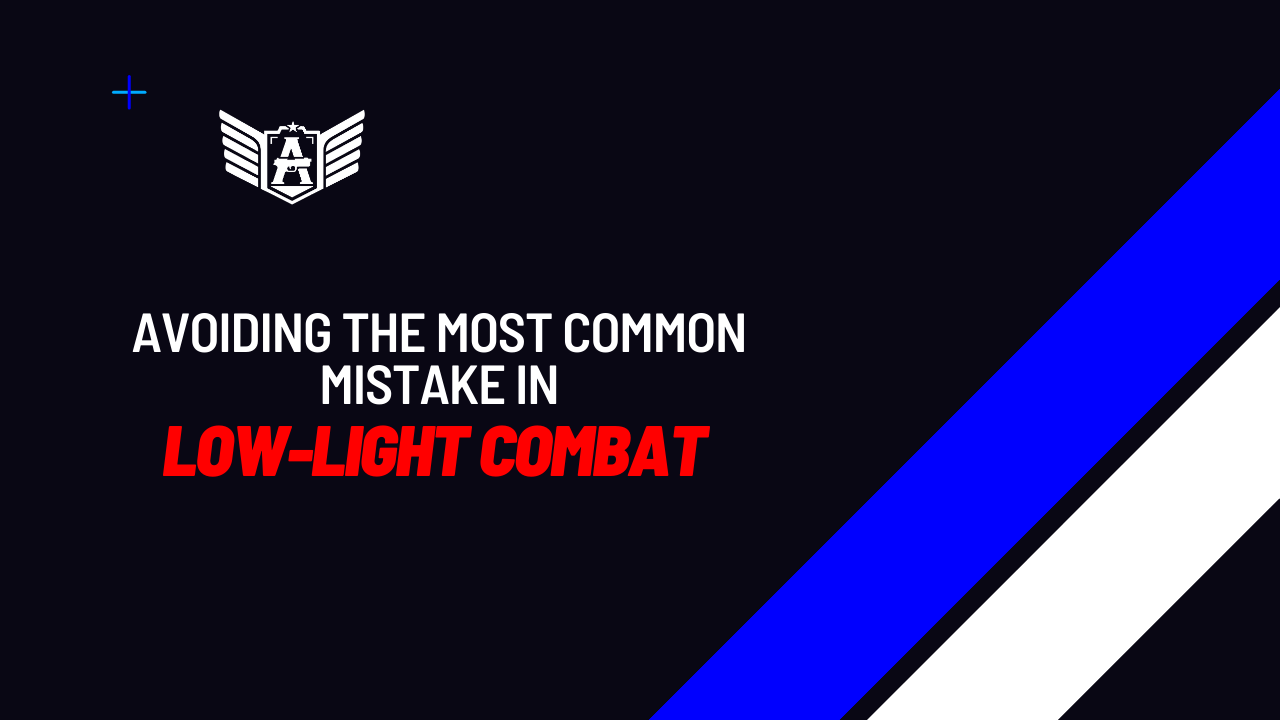
- Treat every firearm as if it is loaded.
It is important to develop a habit of treating firearms as if they are loaded, even when you know they are not.
This means that you should not do anything with an unloaded firearm that you wouldn’t do with a loaded one, such as disregarding the following three rules.
- Never point your firearm at something (or someone) you don’t intend to shoot.
Aligning the barrel of the firearm with something is a necessary condition for that thing to be hit.
It is unlikely that someone would unintentionally point their firearm at something they don’t intend to hit, but it is very likely that someone would aim their firearm at something they don’t intend to hit.
Aiming involves using the aiming device, which is typically done consciously. However, pointing means directing the muzzle toward something you don’t intend to hit, which unfortunately is common among inexperienced shooters and even among shooters who are not so new to the practice.
To ensure that you can meet this objective properly, be sure to read the “muzzle control positions” section in this book.
- Keep your finger off the trigger and off the trigger guard.
Only place your finger on the trigger when you are certain you are going to shoot.
In all other processes, such as drawing, handling, and other stages of executing the fundamentals, keep your index finger alongside the body of the firearm.
The idea is to avoid involuntary contractions that could result in accidental discharges and accidents.
4. Be sure of your target and what’s behind it.
It’s important to remember that we train at the shooting range to use firearms outside of it. And this can lead to undesired conditioning, as we will discuss more extensively in the omnidirectional training section.
The fact is that people accustomed to shooting at a target in front of them often ignore the continuation of the projectile beyond the target. After all, at the shooting range, there is a bullet trap ready to absorb that impact.
However, outside the range, precautions must be taken. First: be sure of your target. There are numerous stories of hunters who shot their companions instead of the game when they saw the bushes moving. Well, bushes are not an identified target. Second: be sure of what’s behind your target. You may miss your target, or your ammunition may pass through it. What is the destination of your projectile?
Souce: SILVEIRA, Lucas. INTRODUCTION TO COMBAT SHOOTING.





Comments on “Firearm safety rules”